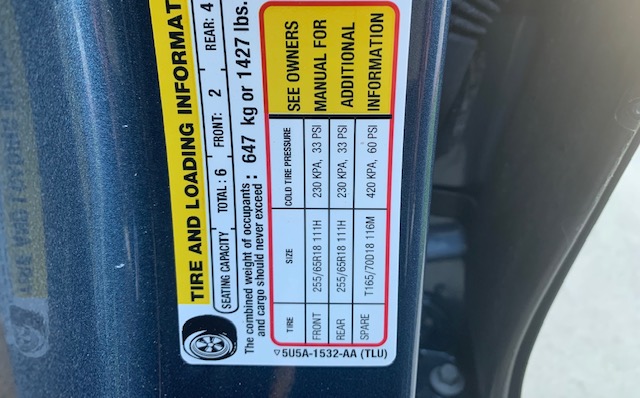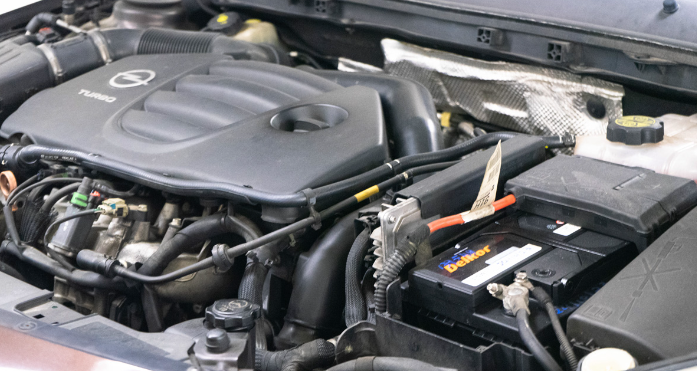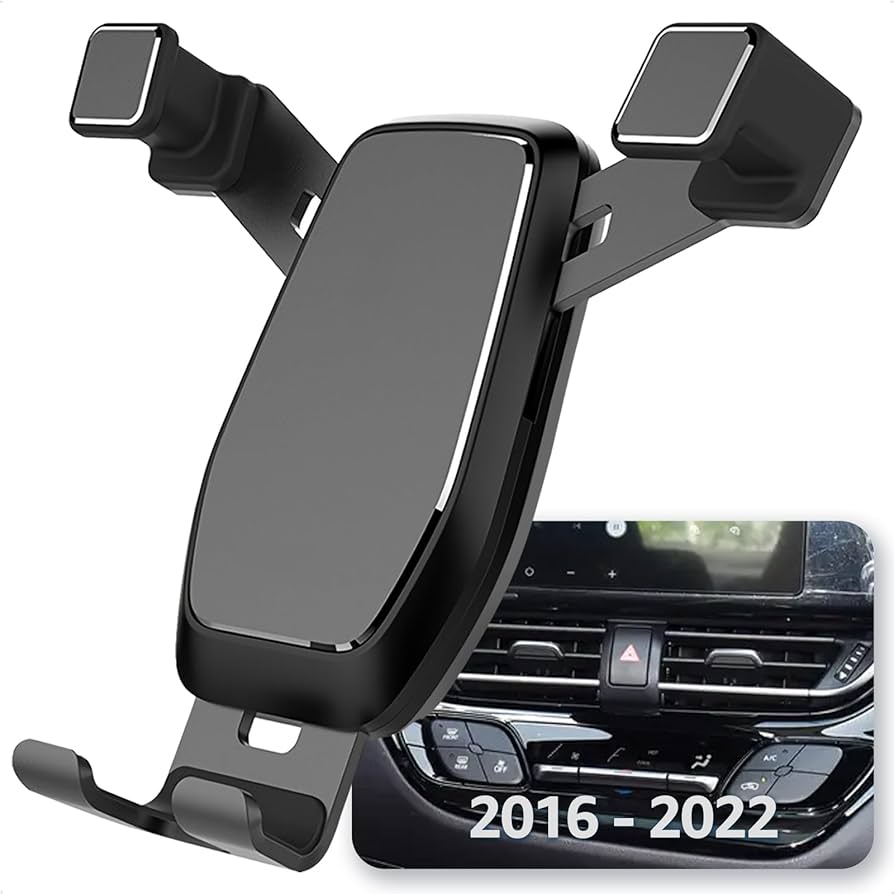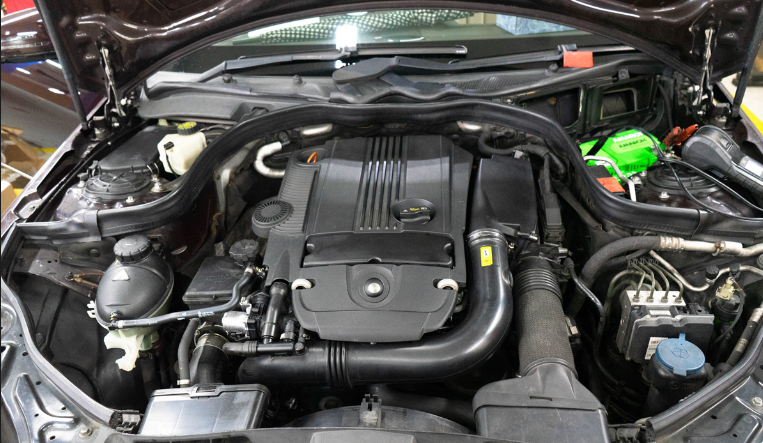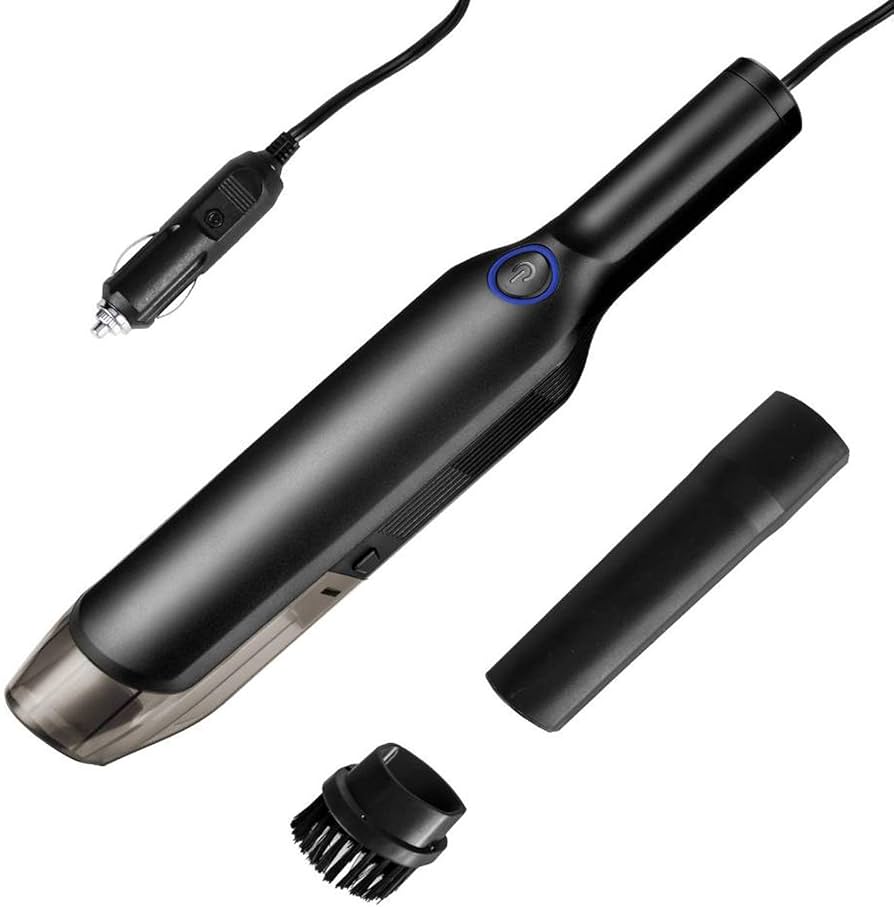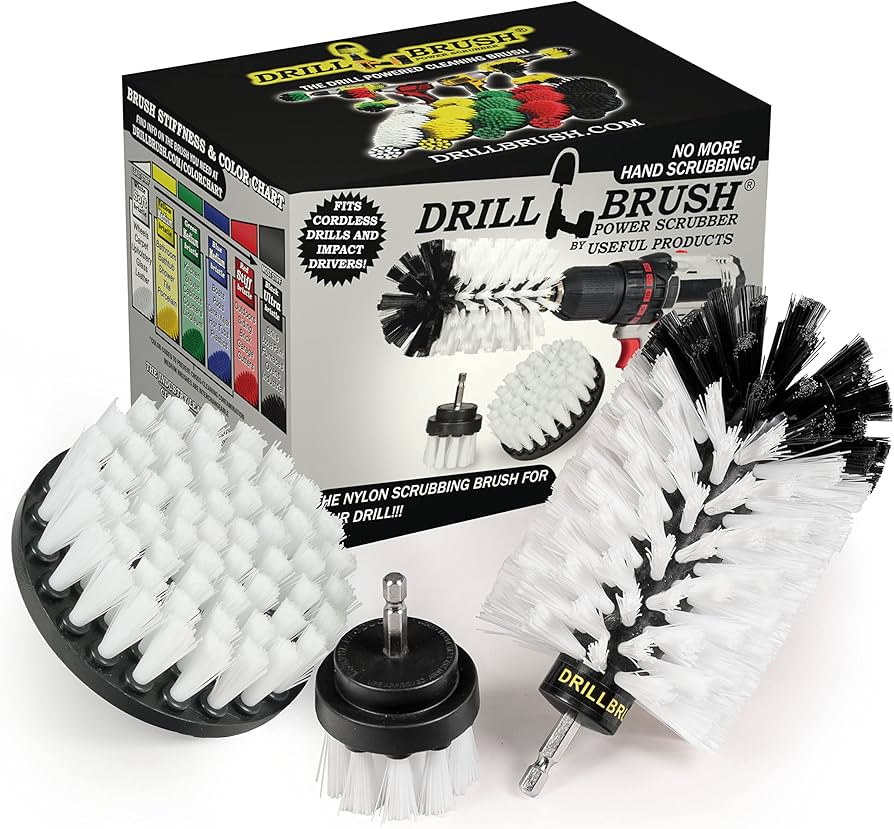You just bought new tires, but then the check engine light came on! What happened? After a tire change, the check engine light may be affected. But, how can that be? Tires and engines seem so unrelated!
Some cars have sensors monitoring tire pressure and other factors.
Changing tires might disturb or damage these sensors. They can send wrong signals to the car’s computer. It thinks there’s an issue with the engine, so the check engine light comes on.
Not all cars have tire-monitoring sensors. But, modern cars do. When getting tires changed, make sure professionals know how the system works.
If the light comes on after a tire change, ask a mechanic or go back to where you got the tires changed. They can help fix any sensor issues.
Understanding the Check Engine Light
The Check Engine Light is a must-have for modern vehicles. It serves as a warning for potential issues. Seeing the light, many drivers panic – but stay calm! There’s a range of factors that can trigger the light.
One? A tire change. That’s right, tire changes can affect the computer system, making the light come on.
Check your vehicle’s user manual or contact a trusted mechanic. They can help reset the light and see if further action is needed.
Don’t ignore the light – it could cause more serious problems and compromise vehicle safety.
Related Post: Bad Mass Air Flow Sensor No Check Engine Light
The Impact of Tire Change on the Check Engine Light
Changing tires can have an effect on the check engine light in your vehicle. It is because the check engine light is made to monitor systems like the tire pressure monitoring system (TPMS).
If the tires are switched, the TPMS sensors may not be calibrated or relearned properly, which will make the check engine light come on.
When changing tires, it is crucial for the technician to make sure the TPMS sensors are correctly programmed and installed.
This mistake can cause a false reading and turn on the check engine light, plus other warning lights on the dashboard.
Also, if the electrical connections related to the TPMS sensors get damaged or interfered with during the tire installation process, it can disrupt the communication between the sensors and the car’s computer system. This will lead to incorrect readings and switch on the check engine light.
Computer systems are heavily used in modern vehicles to control and monitor different parts of their performance. Therefore, any changes to the car’s components or systems can impact its overall function.
Car and Driver magazine states that incorrect installation or calibration of TPMS sensors after a tire change is one of the most common causes of the sudden illumination of the check engine light.
Troubleshooting and Solutions: Switch off that check engine light with some mysterious blinking reminders that life is just as unpredictable as your car!
Troubleshooting and Solutions
The check engine light turning on after a tire change is worrying. Here are some tips to help you out:
- Check the gas cap. It could be loose or damaged, triggering the light.
- Inspect the sensors. Maybe the tire change affected them. Get them checked and recalibrate if needed.
- Reset the computer. Disconnect the battery for a few minutes to clear out any false readings.
- Check the wiring. If any were near the tires during the change, inspect and repair them.
- Get a professional diagnosis. Take your car to a mechanic for an accurate diagnosis and fix.
Plus, get trained professionals to do the tire change. This’ll minimize impacts on other systems.
Precautionary Tip: Regular maintenance and servicing can prevent checking engine lights after tire changes.
Advice: Don’t ignore your check engine light or you’ll regret it!
Preventative Measures
- To avoid checking engine lights, take 3 steps:
- Check tire pressure
- Make sure wheel alignment is good
- Tightly fasten wheel nuts
- According to Rich White, Prevention Program Manager of Car Care Council, “Proper car care is a must, especially during lockdown periods.” Taking preventive measures keeps your car running perfectly and prevents check engine lights.
- By following these steps, you won’t get any surprises when driving with the new tires. Enjoy a worry-free journey!
Final thoughts
It is not rare for the check engine light to come on after switching tires. This can be due to the battery disconnection or sensors needing to readjust. No need to worry, it often is just a temporary issue.
To fix it, first check the gas cap. Make sure it is tightly sealed. Then take a short drive and let the sensors adjust.
If these steps don’t work, contact a mechanic or dealership. They have the proper gear to diagnose and solve the problem.
Remember: Regular servicing of your vehicle can help you avoid these issues after tire changes.







